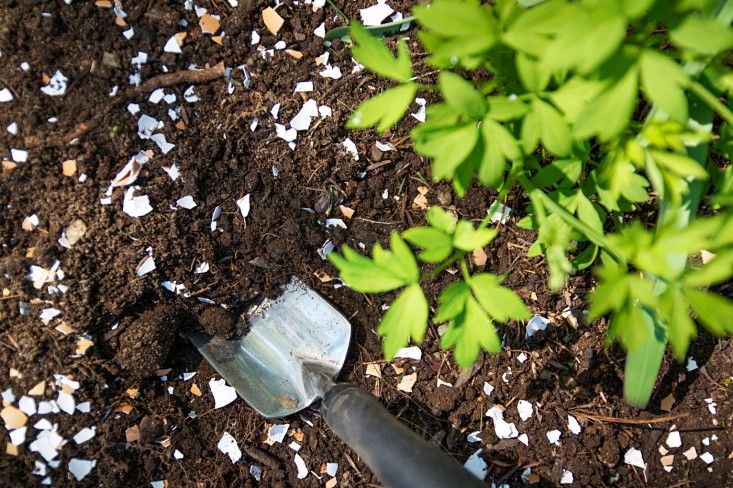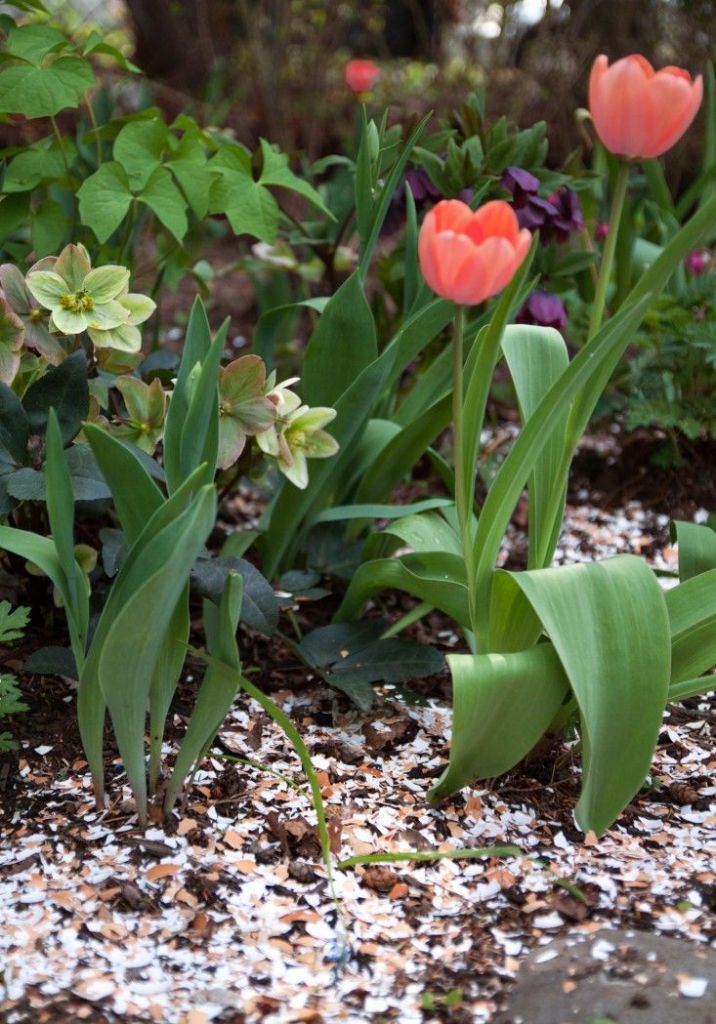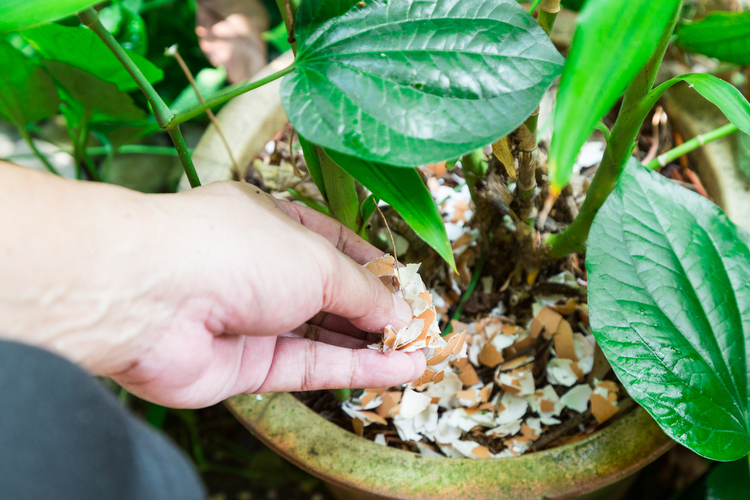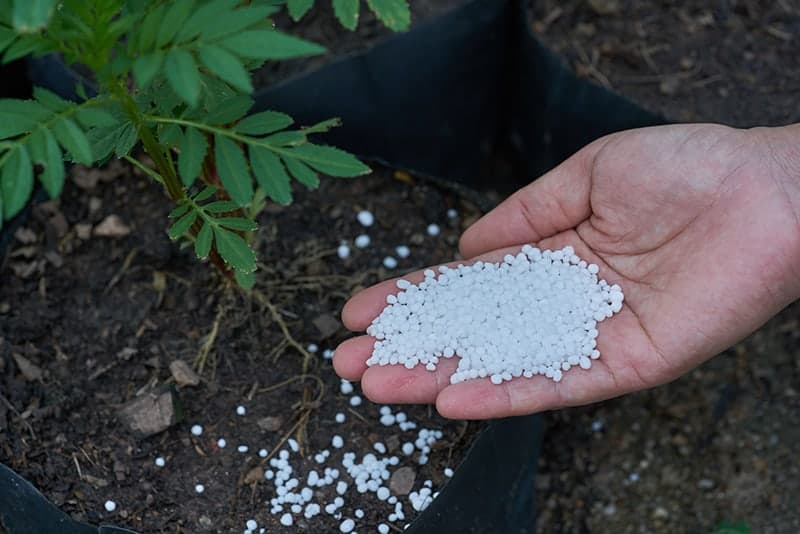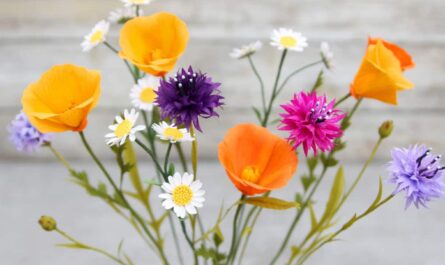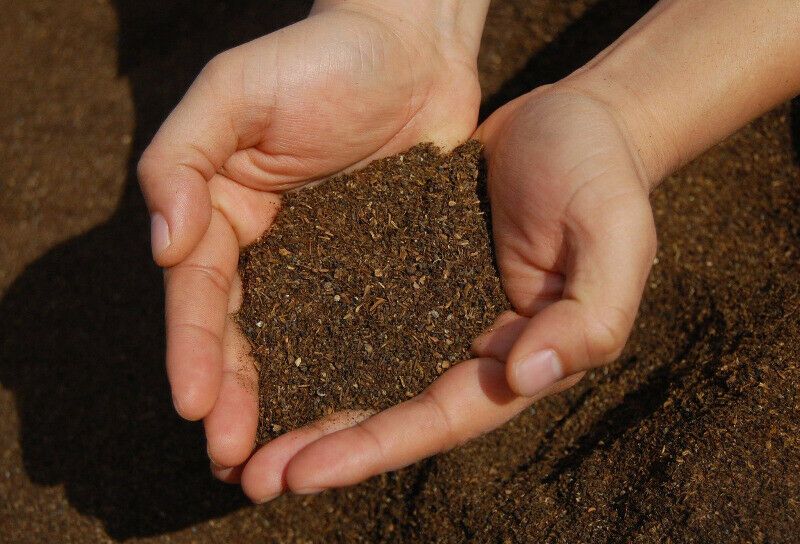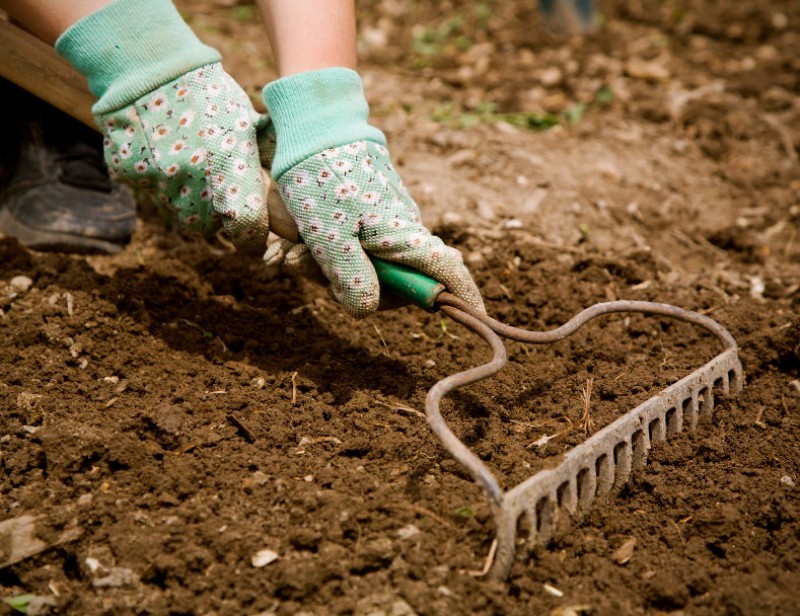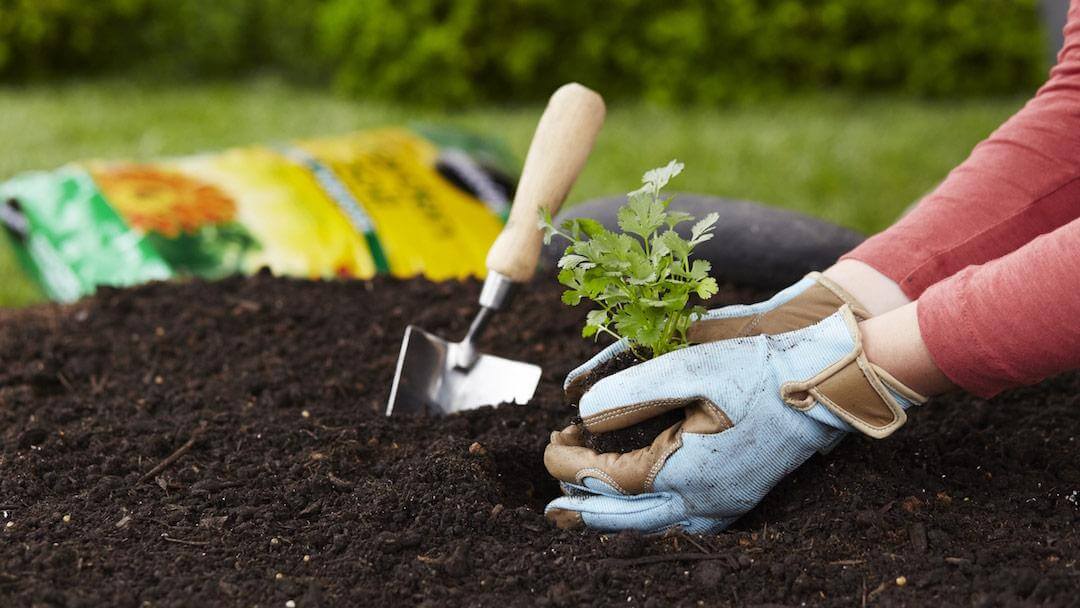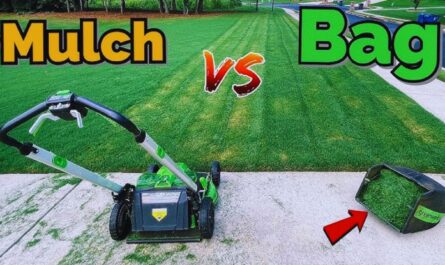All gardeners know that the soil must be continuously fed, only then will large, healthy plants grow. But only a few gardeners know how to use eggshells, the fertilizer’s advantages for the garden, and how to use it. The article explains how to make the ideal eggshell fertilizer from egg waste and how to improve it.
Benefits of Using Eggshells for Plants
In case the soil has a high acidity level, and in areas with clayey soil, eggshells can be used as fertilizer. For this reason, eggshells must be used as fertilizer:
The Decrease in Acidity
The optimal pH of the land is 5.5-7. Be aware that lowering the pH makes the soil more acidic. The acidity favors the accumulation of toxins and substances that prevent nutrients from entering the plants. It also reduces the conversion of organic matter into humus. Due to the high calcium carbonate content, the eggshell increases the pH to an acceptable level for plant growth.
It Improves Soil Loosening
In heavy soils, plant roots suffer from a lack of oxygen and water stagnation. And lack of water leads to cracks in the soil. And this leads to damage to the root system. Now the eggshells have come to the rescue. They help dissolve the soil and prevent hard shells from forming on the surface. As a result, eggshell fertilization improves root ventilation. The soil can absorb water evenly and drain excess water without stagnation.
Mineralization of the Soil
Eggshells with other fertilizers can be used as an organic mineral supplement. It also helps to neutralize the acidic properties of mineral fertilizers.
It Protects Against Pests
Eggshells can protect your plant from pests. So you can use eggshells as one of the pest control methods.
You can use eggshells to protect your plant from pests, especially snails. In this case, you will crush the eggshells by hand, but do not reduce them to dust. Then sprinkle them around the stalk. The sharp edges of the eggshells become an obstacle for snails and other pests that cannot easily reach their plants and damage them.
Improves Germination
Eggshells can increase the germination rate and strength of young sprouts. If you sow the seed with the eggshell crushed, you get the result.
Supplements for Roots
It provides the plants with nutrients quickly, and it is necessary to water the plants with a unique solution of crushed eggshells. Take a dried hard shell of five eggs and crush them into powder. Pour boiling water over the eggshell mixture, cover it, and store it in a dark place for a week. Mix the mixture daily. Dilute the resulting mix with water in a ratio of 1:3. Then apply for your plants. This method is used to increase the yield of beets, peppers, tomatoes, and other products.
The eggshells are enriched with minerals, loosening the soil and preventing diseases like monkey rot and black bone.
To demonstrate the favorable properties of all eggshells, it is necessary to familiarize yourself with the correct use of eggshells for plants.
How Do You Prepare Eggshells for Your Plants?
- Before you start throwing pieces of eggshells with your plant, make sure they are well cleaned.
- First, wash the eggshells with warm water.
- Put eggshells on a paper towel and let them dry for a day or two.
- Do you want to wait? Instead, you can prepare the sinks or dry them in the oven. Disinfect the shells by boiling them or putting them in the oven at 200°F for about 20 minutes.
- Caution: It takes several months before the eggshell breaks into the soil and is completely absorbed into the plant’s roots. Do not overdo it. Simply add the eggshells about once or twice a year.
- And as long as you keep your eggshells or powder in a closed container in a dry place, you can keep everything you have left.
Ways to Use Eggshells to Treat Your Plants
Eggshells as Natural Plant Fertilizer
You do not need to use commercial fertilizer for your plants. You can simply place the crushed eggshell in or on the ground to naturally supply your house plants with extra calcium.
Another advantage is that the eggshells also help to aerate the soil. It makes it easier for your plants to develop their roots.
To fertilize your plants in a completely natural way, you can crush a clean eggshell with a kitchen blender, coffee grinder or mortar, and a finely chopped pestle.
Mix this eggshell powder with the soil when transplanting it or sprinkle it over the soil around the plant base.
Water Your Plants with Eggshell Water
You can use your eggshells to make organic calcium water or eggshell tea for native plants.
Crush a clean eggshell and pour boiling water over it. Soak this tea overnight and filter out the eggshells the next day. Pour the tea directly onto the ground.
Your all-natural, home-grown vegetable mixture does not need to be kept in the refrigerator. Indoor plants prefer room temperature to cold water, so you are ready to start.
Place Your Eggshells in Pots with the Plants
Another way to supply the plants with calcium is to place a (more significant) layer of crushed eggshells at the bottom of the pot.
Break the eggshell into pieces large enough to cover the drain holes. Close the loopholes so that the eggshells also prevent the bottom from falling off the bottom.
Eggshell Succulent Propagation or Seed Starters
Because they are biodegradable, eggshells are ideal as seed enzymes or juicy vessels for reproduction. When the seeds germinate, or the delicious babies are more abundant, they can easily be planted with eggs and everything else in the soil of a large pot.
Snail Repellent
You can also use eggshells to prevent pests such as snails from entering the garden. Shredded eggshells can help naturally scare away pests in your garden with their sharp edges.
Instead of shredding the shells into a fine powder, crush them manually, leaving the sharp edges untouched. Spread the shells on the ground around plants that are attacked by snails and tapeworms to stop these pests. Spicy eggshells can protect broccoli, tomatoes, pepper, cabbage, and other plants that attract snails and worms.
Making Eggshell Mulch
The eggshell is almost entirely made of calcium carbonate crystals. Middle eggshells also contain other soil nutrients such as phosphorus, magnesium, and traces of sodium, potassium, zinc, manganese, iron, and copper. Like many plants remove calcium from the soil as it grows, it can be added as shredded eggshells.
Final Thought
So if you want to cure your plants, try this. Don’t throw eggshells away from breakfast, but keep them for your plants.

